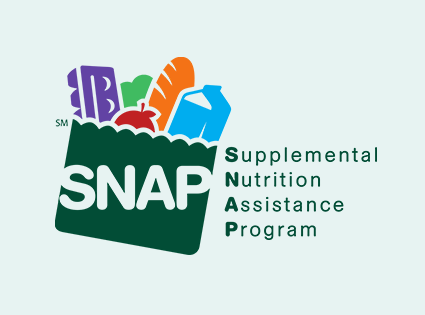One-Third of Alaskan Children on SNAP May Lose This Assistance
Alaska may be one of the states hardest hit by the loss of SNAP food assistance. Republicans intend to make steep cuts by tightening eligibility conditions.Across the United States, ten million Supplemental Nutrition Assistance Program (SNAP) recipients are at risk of losing their food assistance. One million of them are children (10% of recipients). As Congress works on federal budget proposals and prepares to reauthorize SNAP in the farm bill, which expires in September, congressional Republicans are seeking to strip entitlements from a significant portion of these recipients.
In Alaska, one in three children may lose SNAP. In total, an estimated 13% of the state’s more than 735,000 people, or more than 95,000 people, currently receive SNAP assistance. One-third or over thirty thousand people may lose it. If the Republican proposals go through, Alaska will be one of the states most, if not the most, adversely affected by the loss of SNAP benefits. Along with Alaska, other states and territories heavily affected will be the Virgin Islands, Oklahoma, and South Carolina. Less affected, but also hurt, would be recipients residing in the states and territories of Washington, Vermont, Idaho, and Rhode Island, Media Relations Officer for the Center on Budget, and Policy Priorities (CBPP), Nancy Flores, told Sol de Medianoche. Alaskans have been waiting months to receive food stamps, leading to a hunger crisis made worse by the pandemic, inflation and the remnants of a typhoon that wiped out fish stocks and fishing equipment. The backlog began in August last year and is of great concern in this state, where communities in remote areas and native villages are often not connected by road. This means that food from these grants reaches them by barge or plane, making the cost of any commodity excessive. According to the Center on Budget and Policy Priorities (CBPP), such proposals in the House Republicans’ debt reduction and debt limit bill “would likely have devastating and far-reaching impacts on families’ lives and exacerbate existing inequities and hardships experienced by low-income people (...) When very low-income families lose this modest but important financial assistance, they will fall further below the poverty line and increase the likelihood that they will experience severe hardship. These provisions would almost certainly increase poverty among children.” |
